Enjoy this article?
Most Museums Journal content is only available to members. Join the MA to get full access to the latest thinking and trends from across the sector, case studies and best practice advice.
“Our vision is to reveal and rethink the meaning of home, in order to live better together,” says Sonia Solicari, director of the Museum of the Home in Hoxton, London, which unveiled its latest redevelopment this summer.
The museum, formerly the Geffrye Museum, has completed the first phase of its Real Rooms project, taking visitors over the threshold of homes from 1878 to the present and beyond. It has created seven new rooms and stories of home and its next step is to focus on how it represents home from the 1600s to the 1800s. It is also investing heavily in its digital spaces.
A consultation process with key stakeholders, visitors and community groups to better understand audiences’ needs saw several key learnings emerge.
“Visitors wanted the rooms to reflect London’s diversity,” says Solicari. “They wanted to see more bedrooms, bathrooms and kitchens, and rooms to be less like sealed-off theatre sets. They wanted to get into the rooms and wanted more interactivity. Also, people wanted a view of the future.
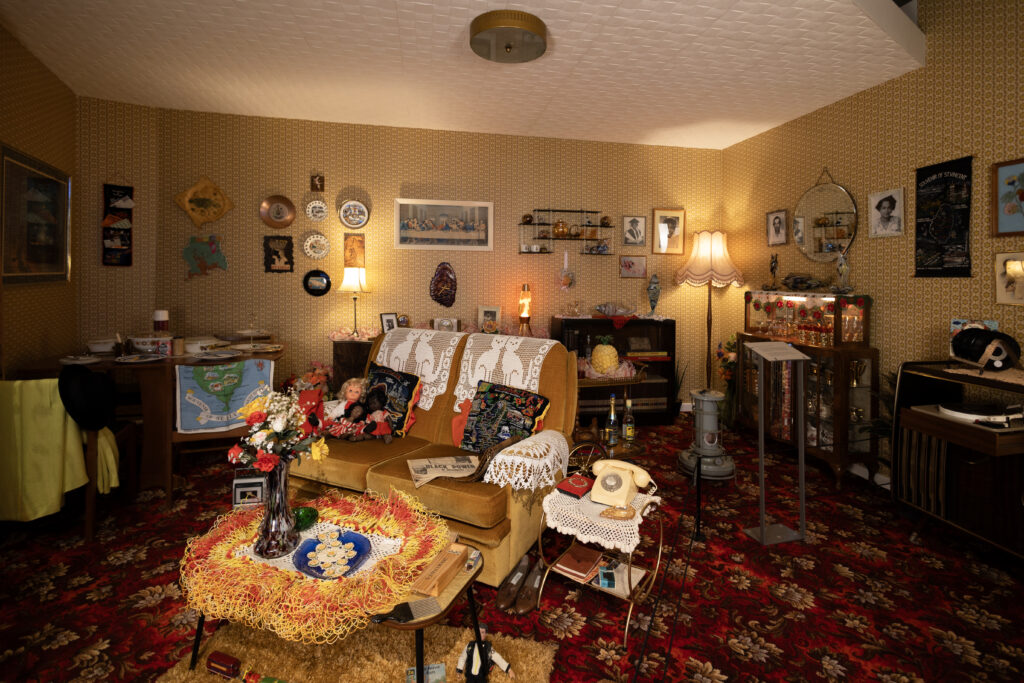
“It became increasingly apparent, as we grow into our identity as the Museum of the Home, that we should fundamentally rethink the role of the room set,” Solicari adds.
“We kept them, but asked how do we take these room sets to the next level? How do we represent home as an emotional, psychological and political space, as well as a physical space? Although many museums represent home and home life, we are the only self-identified Museum of the Home in the world, so we have a big responsibility.”
Co-curation informed the rooms’ development – a process that was embraced, Solicari says. In doing so, the team had to give up many expectations of what each room would look like.
The 1878 room, curated with academic Arunima Datta, tells the story of an ayah, a governess who looked after a family’s children on the long journey between India and London. The travelling ayah came from all over India and across its various ethno-religious groups.
The room is part of a terraced house that was typical of the many that were built to accommodate London’s fast-growing middle classes. Spread across four floors, the rooms have high ceilings and large bay windows to create bright spaces.
It would have been home to the family and its servants, who would have slept in the attic. Visitors can see objects belonging to Bunoo, an ayah employed by the Stevenson family to look after their children Mary, Thomas and Beatrice during the three-week journey between Calcutta (Kolkata) and London.
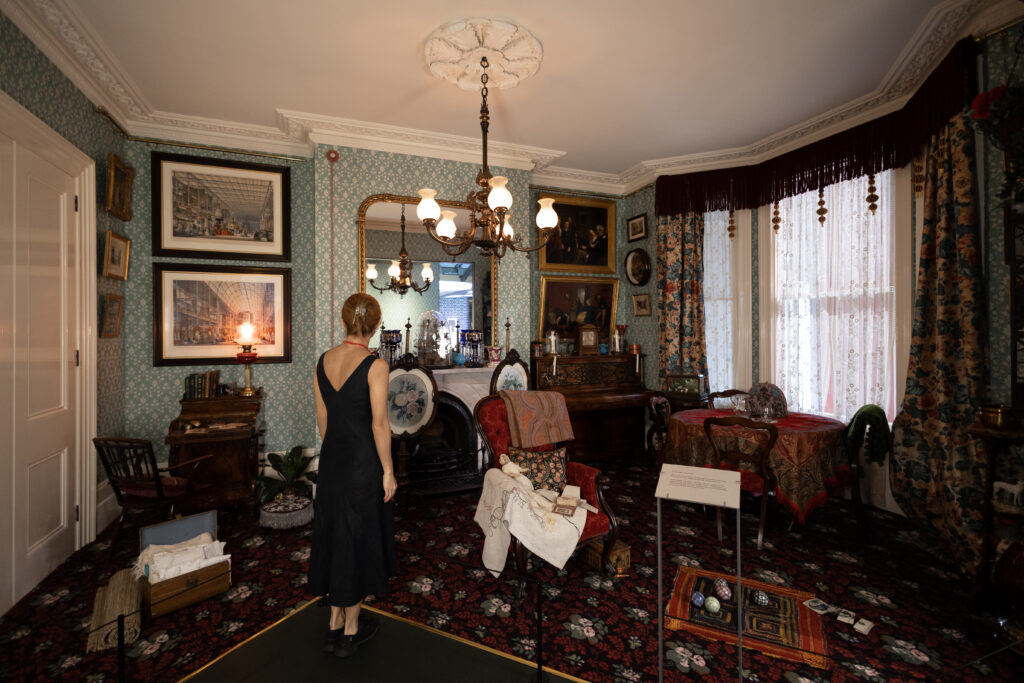
“It’s also a story about domestic work,” says Solicari. “What does living and working in somebody else’s home feel like? It’s about the role of the governess and the ayah’s relationship with the children.”
Some women who looked after children on their travels found themselves homeless, as contracts often ended within days of arriving in Britain. Many sought refuge in a home for ayahs created in the City of London and later moved to Hackney. The story of these women is a local one that also has national and international resonance.
Exhibits in the room sets emphasise the delights of everyday moments of connection. Visitors can hear the ayah singing to the children, while the Jewish family in the 1913 tenement flat is preparing for its Friday night Shabbat dinner. Jewish community groups helped curate that room, set in London’s Rothschild Buildings.
In an upstairs rented room in 1956, newlyweds are getting ready for a night out at the Galtymore dance hall in Cricklewood. The museum worked with the London Irish Centre, drawing on reminiscence sessions.
The kitchen is a hive of activity in the 2024 room, curated with local Vietnamese communities. Visitors can hear intergenerational conversations between a family as pho broth simmers on the stove.
The museum previously had a room memorialising the year 1998 telling an LGBTQI+ story but feedback from community members suggested portraying the year 2005 would be much more pivotal.
“They wanted to move the story on to when there were political gains,” Solicari says. “You get the Civil Partnership Act in 2004 and the repeal of Section 28 in 2003. So, 2005 starts to be a moment where people can begin to be joyful. Many people migrated to London for the perceived greater freedoms that the capital offered.”
Artist and writer Michael McMillan revisited his popular 1970s West Indian front room installation based on his childhood memories.
“Michael’s practice, which has inspired us, is always about evolving that room,” says Solicari. “He pushed us, as a museum, because he was constantly moving things around, taking things out and putting other things in. It was his room and his space.
“Home isn’t a fixed notion. We think about the rooms as dreamscapes rather than galleries. We expect the room sets to change as people come in with different responses, memories and stories.”
The 2049 Innovo Room of the Future features an evolving design by Northumbria University’s Interaction Research Studio. It imagines how homes will adjust to future challenges, including climate change, social inequality and technological advances.
HOME STUDIES
The Centre for Studies of Home, a partnership between the Museum of the Home and Queen Mary University of London, offers nine fully funded Arts and Humanities Research Council Collaborative Doctoral Partnership studentships. The first three students were due to start in October.
The PhD students will help shape the Museum of the Home’s content and uncover hidden histories. Initial topics include the use of domestic dark rooms in the 1950s and the freedoms they afforded LGBTQI+ people; a study into LGBTQI+ experience in the home between 1790 and 1918; and an exploration of multi-generational living inspired by Asian minority ethnic groups in England.
The co-directors of the Centre for Studies of Home are Sonia Solicari, the director of the Museum of the Home, and Alison Blunt, the deputy vice-principal for impact (culture, civic and community) and professor of geography at Queen Mary University of London.
Beamish, an open-air living museum dedicated to history in north-east England, taps into nostalgia in its domestic settings, with the aim of sparking conversations.
“We’re looking at everyday experiences and things people will recognise as part of their own lives,” says chief operating officer Samantha Shotton. “It is so immersive.”
The museum infuses its historic buildings with personality, with home settings and objects brought to life by costumed interpreters.
“People can come into spaces that are being used,” says Shotton. “Our team members animate the spaces instantly. They can also adjust the stories to align with visitors’ interests.”
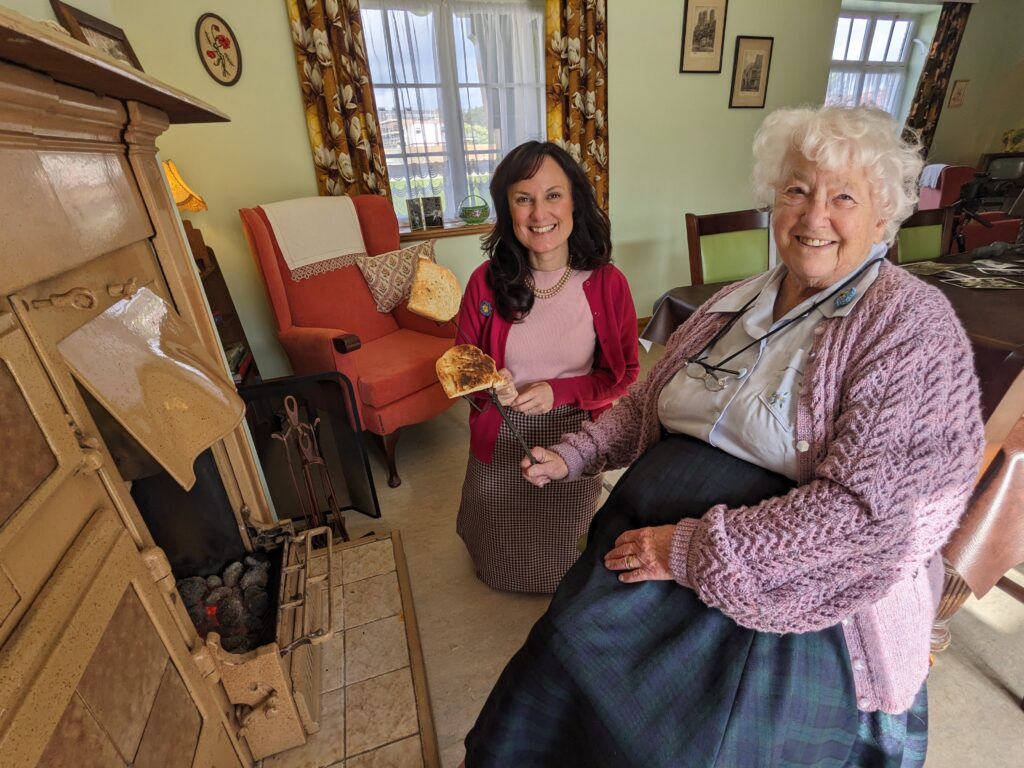
Visitors might walk into a miner’s cottage in the 1900s Pit Village, a 1940s farm or a Georgian manor house. In the 1950s town, Beamish invited the public to pick a home to feature; they chose a council house.
“The two daughters who were brought up in that house now volunteer here, so there’s a chance you could speak to them, hear their memories and see their family photographs,” says Shotton.
Next door tells the story of Polish migration to north-east England. Aged mineworkers’ homes from the 1950s provide a safe and familiar space for Beamish to run men’s groups and dementia-friendly activities.
“Beamish gives people the comfort to engage in their own time and in their own way,” says Shotton. “Coming into these homes allows you to think about your own home and family.”
The museum also explores the light-hearted side of home life. “It’s about human connection and also not being afraid to tell the funny stories,” says Shotton, who points to the benefits of having large outdoor spaces. “Children can run around, laugh, be loud and play. It means more people can feel welcome.”
In the long term, the museum is committed to expanding the stories it tells to reflect diverse voices. The team is working with Romanian traveller communities to share their experiences. “It’s about understanding all of the stories that make up the north east,” says Shotton.
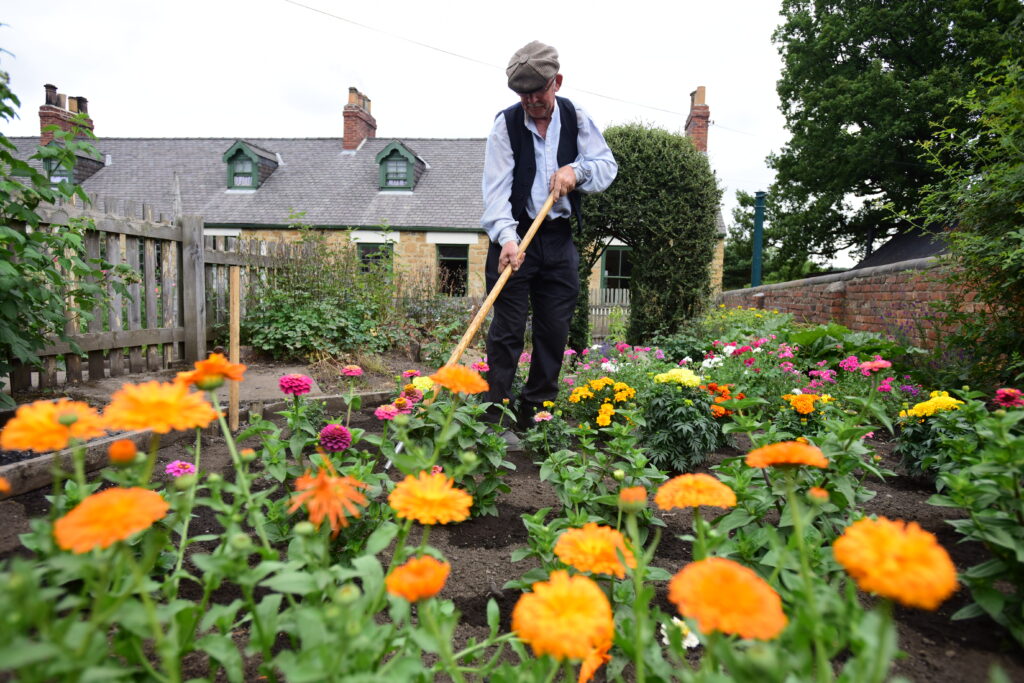
Likewise, the Black Country Living Museum (BCLM) in Dudley represents
as much of the area’s story as possible. Matthew Cowpe, head of collections
and interpretation, says: “For me, the domestic settings highlight the joy of a social history collection.”
Social history collections often span a lot of similar objects that, on the surface, seem mundane. According to Cowpe, alchemy happens when museums bring those objects into historic buildings and use live interpreters to tell visitors the stories behind them.
“The home is incredibly important to our organisation,” he says. “Visitors find domestic settings inspiring.”
The museum hosts a range of replica and translocated buildings. A quirky example is Jerusha, the tilted cottage. The former home of the Bradley family, the 19th-century cottage was affected by subsidence as a result of mining.
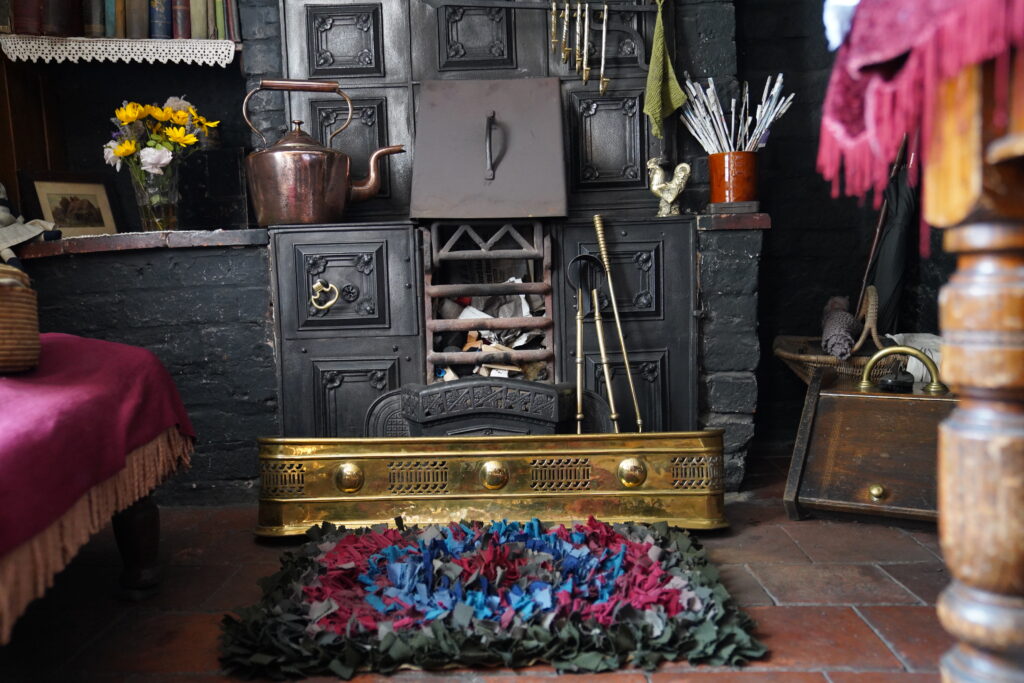
The museum has recreated the house in a 1920s style, drawing on oral histories and photographic assets. Cowpe says the displays prompt conversations and donations of objects. One gift included vintage ceramic eggs that families such as the Bradleys would have used to encourage their chickens to lay.
BCLM’s recent Forging Ahead project has taken the story on from the 1940s to the 1960s. Two cast-iron houses have joined the museum. The 1968 house includes recreations of two teenage brothers’ bedrooms, complete with posters, magazines and records.
“It’s interesting to see visitors come out of a 1960s house and walk into a 1940s house,” says Cowpe. “It’s an exciting way to bring it together.”
While things may change, commonalities remain: the need for shelter, warmth, food, safety and belonging.
BCLM showcases rituals such as spring cleaning at Easter, with historic characters wielding feather dusters and laundering their clothes with a dolly and tub. Recipes are proving a hit with the museum’s 1.2 million followers on TikTok, with wartime potato dishes and 1960s cakes on the menu.
Through the domestic settings, the museum encourages visitors to feel pride
in their area and way of life. They might remember playing the football pools, or reminisce about listening to music or growing vegetables. “People think to themselves: ‘This museum is storing my heritage and my stories’,” says Cowpe.
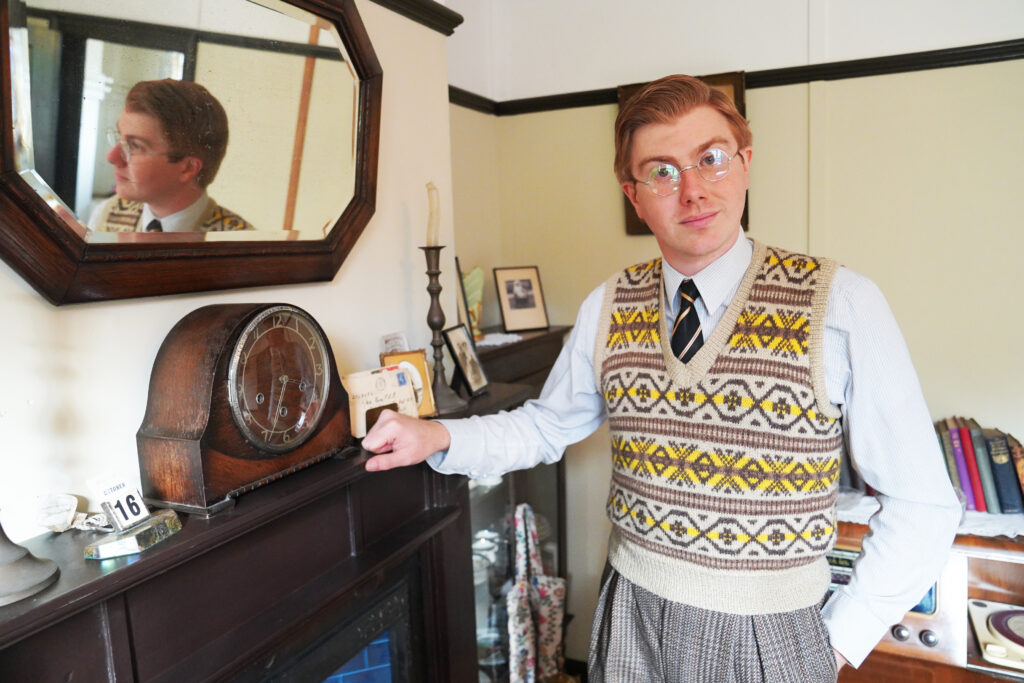
Many museums highlighting the home are shifting from focusing primarily on design to more personal, emotional, lived-experience content. “Home is a messy, complicated space,” says Solicari. “Your experience of home can be positive, negative or a mixture of these things.”
Also, while society thinks of home in binary terms – public/private, inside/outside – Solicari says homes are permeable spaces. Museums can help break down these binaries and boundaries, leading to greater understanding.
“The future of museums and other heritage spaces looking at home will be about how we hold all of that,” says Solicari.
Juliana Gilling is a freelance journalist
Most Museums Journal content is only available to members. Join the MA to get full access to the latest thinking and trends from across the sector, case studies and best practice advice.